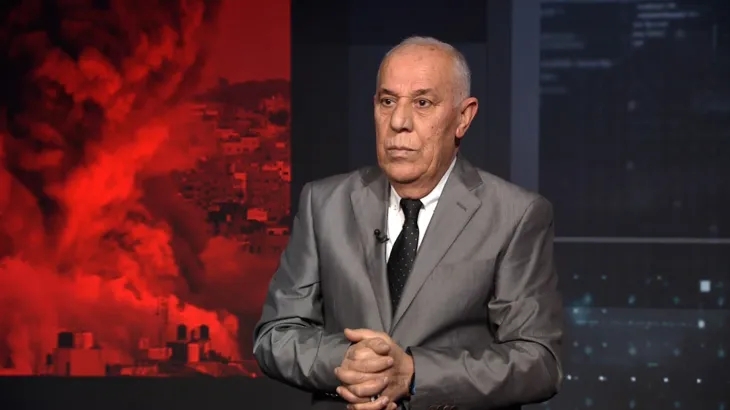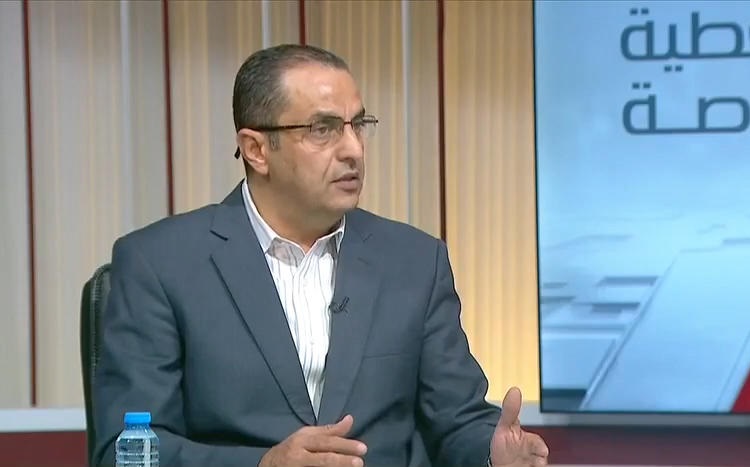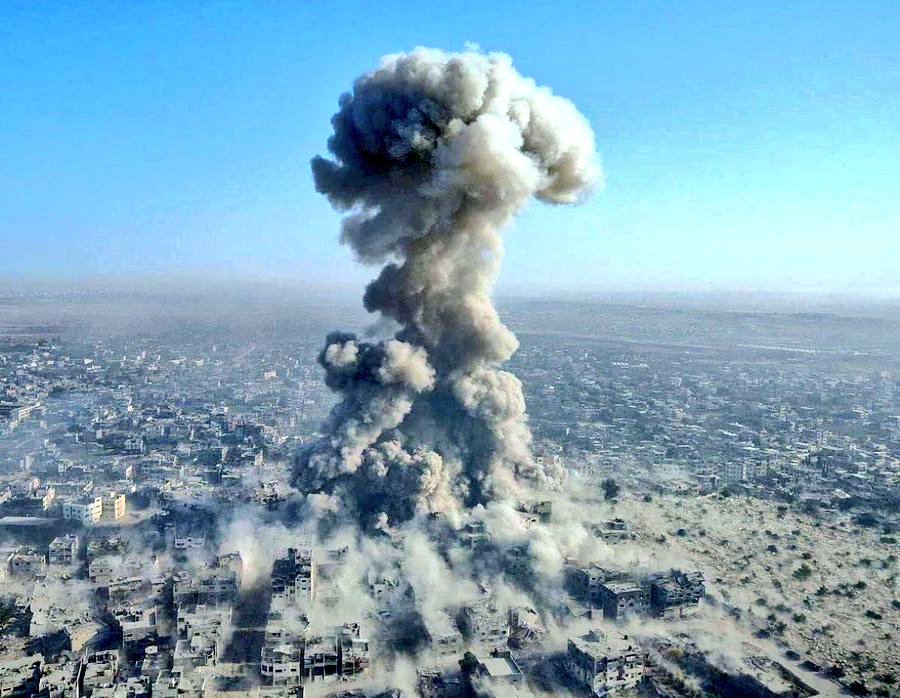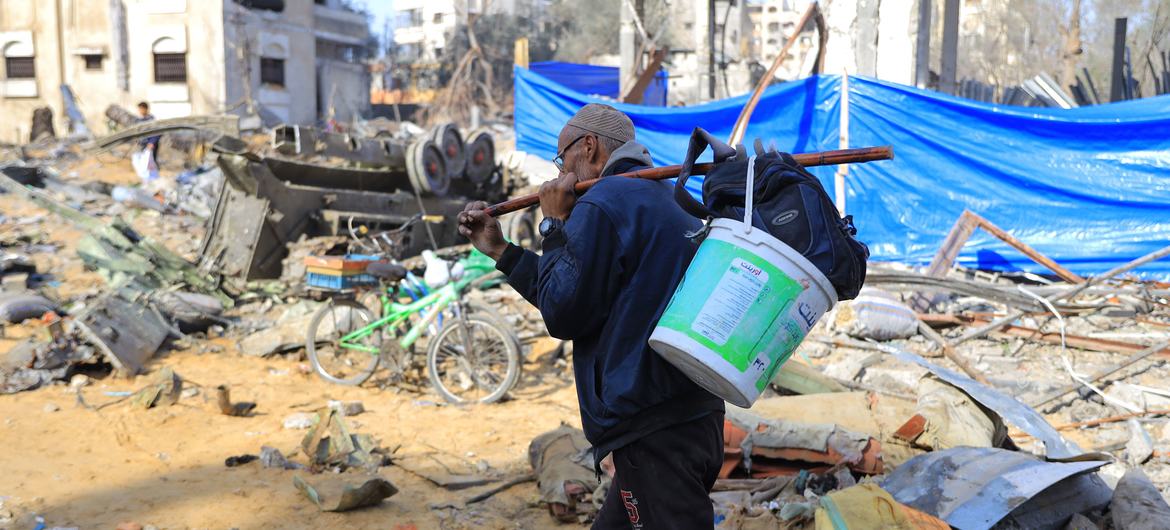Military Analysis: The Gaza Resistance is Back
Military, strategic expert Major-General Fayez al-Duwairi said the recent operations carried out by the Palestinian resistance groups in the Gaza Strip, led by the Izz ad-Din al-Qassam Brigades, reveal a remarkable ability to perform on the ground, despite Israeli military superiority.
He added that attempts to weaken the resistance are still far off.
In a full military analysis al-Duwairi explained that what happened in Beit Hanoun and the al-Tuffah neighborhood cannot be limited to a single operation, but reflects several separate ambushes in which advanced tactics were employed, including tunnel detonations and preemptive surveillance of enemy movements.
The Izz ad-Din al-Qassam Brigades, the Hamas military wing released a video of the “Breaking the Sword” ambush it carried out east of Beit Hanoun in northern Gaza, which resulted in the death of one soldier and the injury of others whilst also engineering an Israeli force that was lured into a booby-trapped tunnel shaft in the al-Tuffah neighborhood and detonated it, resulting in a number of casualties.
Al-Duwairi pointed out that the attack on the Israeli force east in Tuffah is an independent operation and believes the succession of these operations confirms the resistance’s return to the tactics of the first phase of the war, when it held the initiative.
The military expert believes these attacks reflect the resistance factions’ readiness to employ different methods in confrontation, including booby-trapping, sniping, and direct engagement at close range.
He pointed out that the video footage broadcast by the Qassam Brigades from Beit Hanoun, showing the resistance fighters infiltrating through a tunnel, demonstrates a high degree of professionalism, especially since the fighters emerged from a tunnel previously monitored by the occupation, indicating a failure of Israeli intelligence to assess the extent of the threat.
Five stages
Speaking on Al Jazeera, he explained that this complex ambush was executed in five stages, including surveillance, targeting the first vehicle, and then surprising the support force. He indicated that the resistance various weapons were used, including RPG launchers, machine guns, and mortar shells, indicating tight field coordination.
The retired major-general emphasized what was striking about the operation was that the ambush occurred in a buffer zone from which the occupation forces had not supposedly withdrawn, specifically on al-Awda Street, only about 300 meters from the separation line. This demonstrates the fighters’ great audacity and their ability to penetrate deep into Israeli territory in broad daylight.
He pointed out that field data reported by Israeli media, such as the amputation of two female soldiers’ legs as a result of the attack, confirms that the losses were heavy. The Israeli army was also forced to use 60mm mortar shells to attempt to regain control of the area after losing soldiers and equipment.
Al-Duwairi emphasized that the continuation of these ambushes and their various implementation methods prove that the resistance has not lost the initiative. Rather, it is now capable of moving whenever the opportunity arises, whether by reaching deep within the buffer zone or targeting occupation forces as they approach pre-prepared positions.
He pointed out that the tactic of the tunnel detonated east of the Tuffah neighborhood differed from the Beit Hanoun tunnel, explaining that the former involved a direct lure of an Israeli force into a booby-trapped tunnel, reflecting high-precision surveillance and the ability to remain patient on the ground until the appropriate moment for execution.
Major General Fayez al-Duwairi believes that the resistance’s field performance in recent hours reflects an important fact: The use of tunnels remains a black box for the Israeli army. He added that the ability to exploit this tactical advantage means that twisting the resistance’s arm remains out of reach.
Since the beginning of last March, the first phase of a ceasefire and prisoner exchange agreement between Hamas and Israel, which went into effect on January 19, with Egyptian and Qatari mediation and American support, has concluded, and the movement has adhered to it.
However, Israeli Prime Minister Benjamin Netanyahu evaded the start of the second phase and resumed the genocide in the Gaza Strip on 18 March, in deference to the most extreme faction within his right-wing government.
With full American support, Israel has been committing genocide in Gaza since 7 October, 2023, leaving more than 168,000 Palestinians dead and wounded, most of them children and women, and more than 11,000 missing.
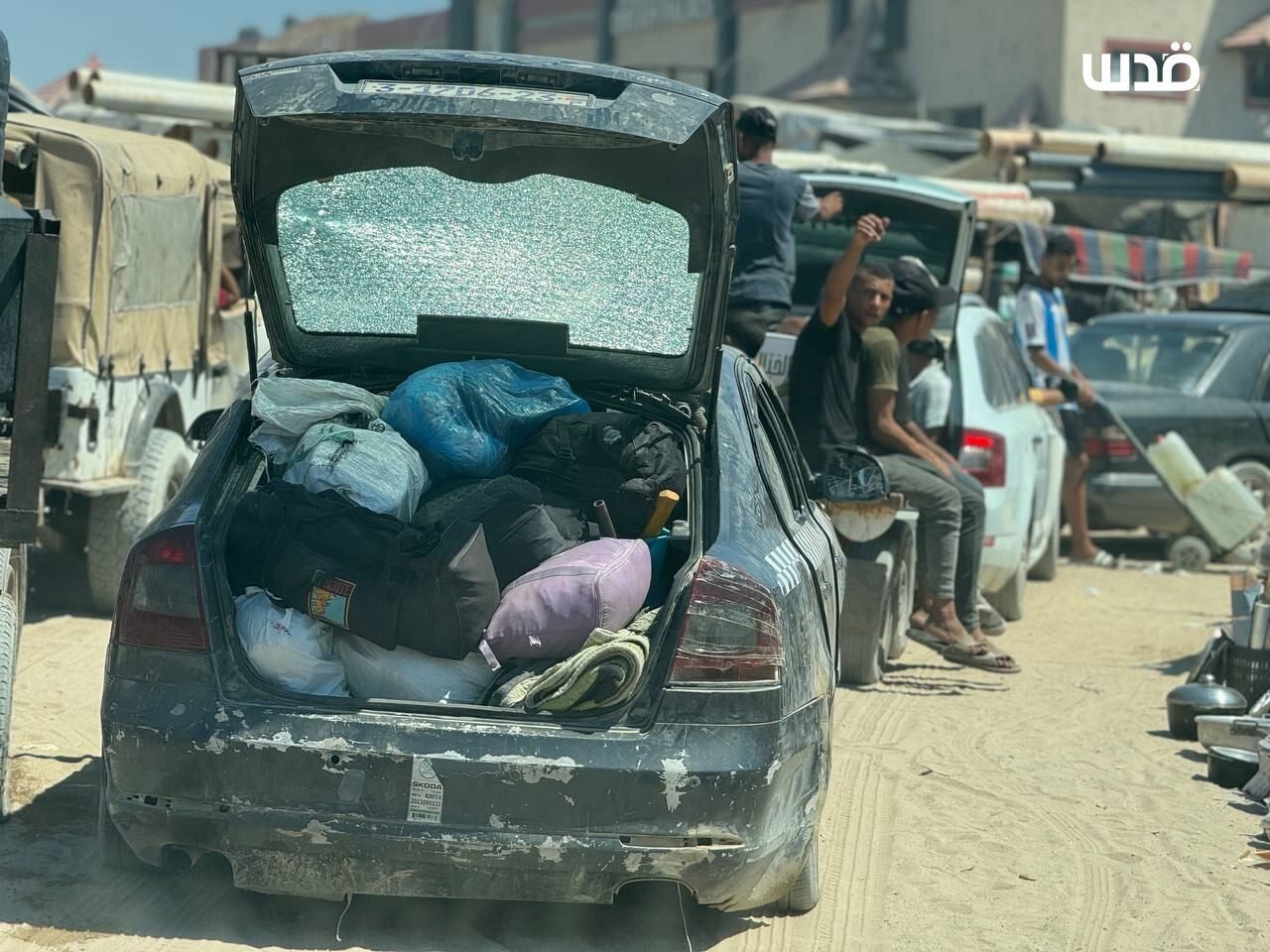

 (@Abdullah_Om3r03)
(@Abdullah_Om3r03)  Five Palestinians ascended to martyrdom as a result of the cowardly IOF drone strike in
Five Palestinians ascended to martyrdom as a result of the cowardly IOF drone strike in 